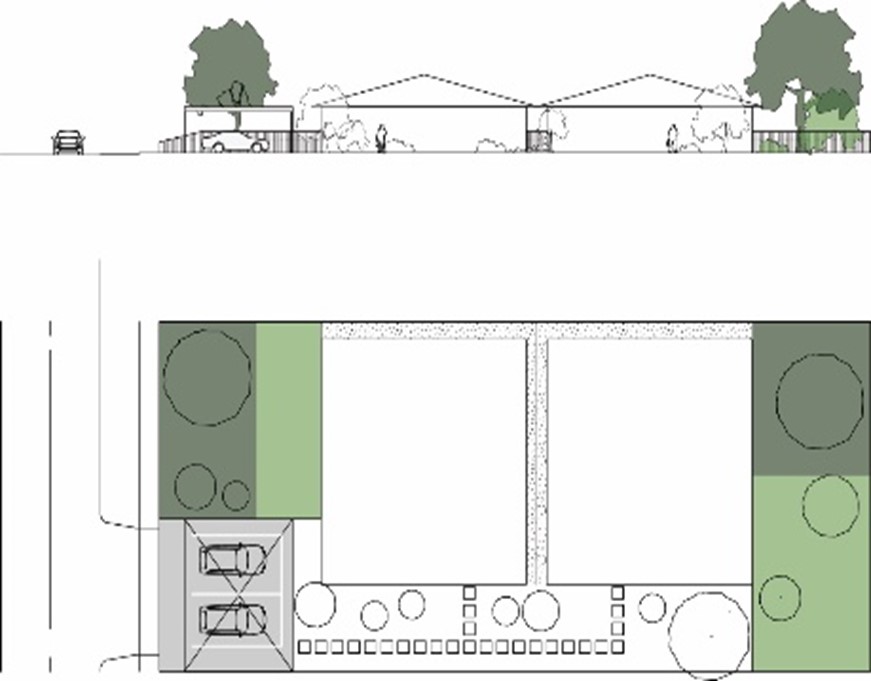New journal publication: What do consumers think about water sensitive housing designs?
We know that water sensitive housing designs can help Australia cities meet housing demand while minimising the environmental impacts associated with typical infill development. But what do consumers think about water sensitive housing designs?

This was the subject of a paper recently published by researchers who were involved in the CRC for Water Sensitive Cities Integrated Research Project 2 (Comprehensive economic evaluation framework). The paper examined the social preferences for water sensitive housing features of consumers in Adelaide and Melbourne.
The study used a discrete choice experiment (an economic non-market valuation approach) to understand owners’ and renters’ preferences for water sensitive features, urban greening and high density features. Respondents selected their most preferred options from scenarios of multiple options describing various aspects or features. From their choices, it was possible to estimate people’s preferences for different features.
Respondents considered the following features:
- type of dwelling:
- separate or detached house
- semi-detached townhouse or unit
- apartment in a building complex
- parking style:
- proximity to dwelling (adjacent, nearby or street parking)
- cover (overhead cover or not)
- degree of security
- access to quality private outdoor space:
- minimal – primarily hard surface, poorly shaded, poorly connected to indoor space, no garden and no water management
- some – still dominated by hard surfaces but with more lawn and a small garden
- high – even split of garden, lawn and hard surfaces, shading, water infiltration and connectivity with indoor space
- access to share amenity space:
- minimal – no shared space or only a common driveway or hard surface
- some – 10–15% of total lot set aside for shared access, with a small garden, some shade and some water infiltration
- high – 30–55% of total lot set aside for shared access, with good shading, connectivity, water infiltration and shared amenities (e.g. vegetable gardens, workshop space, BBQs and play and exercise equipment).
The study found people:
- strongly prefer their current dwelling, and prefer house and townhouse dwelling types to apartments
- prefer access to ‘high’ quality private outdoor space than ‘minimal’ quality
- prefer covered-secured parking
- are generally less interested in high quality shared amenity, with renters in Adelaide being the exception.
These results suggest infill developments that offer detached dwellings, covered-secured parking and high quality private outdoor space will be the most successful in the market.
Water Sensitive Cities Australia partners and participants have free access to the article until 21 April 2022. Click here to download the article.